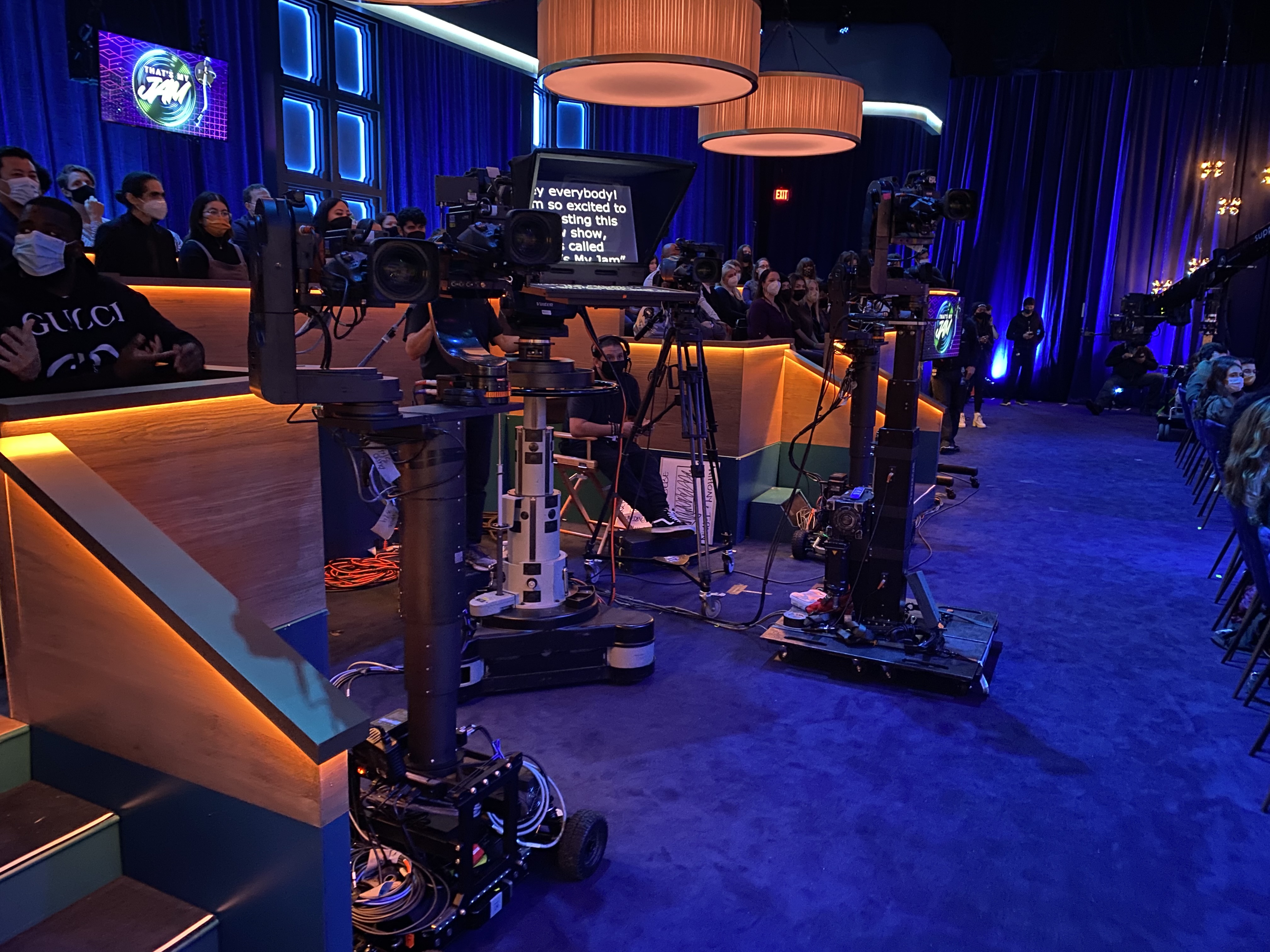Millimeter Wave Spectrum Reallocated
The FCC issued a Report and Order reallocating spectrum in the 76-81 GHz frequency band and the frequency bands above 95 GHz to conform the U.S. Table of Frequency Allocations with recent changes to the International Table of Frequency Allocations maintained by the ITU.
The Report and Order said, "The primary intent of the WRC-2000 realignment of allocations in the 76-81 GHz band and bands above 95 GHz was to place scientific services, such as the Earth-exploration satellite service (EESS) and radio astronomy service (RAS), in spectrum better suited to their needs. Regarding the 76-77 GHz band, we are adopting a primary RAS allocation and secondary space research service (SRS) allocation that will share this band with unlicensed vehicle radar systems. We are not, however, implementing the proposed secondary amateur-satellite allocation in this band due to anticipated interference concerns with vehicle radar systems. To protect passive services in the 55.78-56.26 GHz band, we are adopting a limit on the maximum power spectral density that can be delivered to a fixed service transmitter antenna. We believe that the rule amendments set forth herein will promote future developments in technology and equipment, position scientific services to increase our understanding of physical phenomena, and provide consumers with access to new products and communications services. Finally, this action also continues our efforts to promote the development and growth of the 'millimeter wave' spectrum."
The Report and Order includes a description of how different frequencies in the millimeter wave spectrum are used. Passive radio sensing satellites detect electromagnetic energy generated by natural sources and use it to determine physical properties of objects, including temperature and water vapor profiles and the concentration of ozone and other trace gases.
Opposition to amateur-satellite use of the 76-77 GHz part of the band came from the Short-Range Automotive Radar Frequency Allocation Group (SARA), the Long-Range Automotive Radar Frequency Allocation Group (LARA), and the Alliance of Automobile Manufacturers. These parties were concerned that amateur-satellite operations in the band could interfere with adaptive cruise control and short-range automotive radars in the same band. The FCC agreed, noting, "specifically, amateur stations are operated by hobbyists who could deploy their earth stations anywhere and amateurs are permitted great flexibility in the type of antenna and the power they use to transmit. On this basis, we anticipate that an amateur earth station could either receive interference to its operations or cause interference to a passing vehicular radar device." The FCC kept the amateur-satellite allocation in this spectrum but kept it "suspended and restricted until technical sharing criteria are developed to address potential sharing problems in this band."
It is interesting how much activity there is in these millimeter bands. The Report and Order includes a description of how different frequencies in the millimeter wave spectrum are used. Passive radio sensing satellites detect electromagnetic energy generated by natural sources and use it to determine physical properties of objects, including temperature and water vapor profiles and the concentration of ozone and other trace gases. It makes interesting reading just to see some of the interesting uses of spectrum that was thought to be of little use not too long ago.
The professional video industry's #1 source for news, trends and product and tech information. Sign up below.
